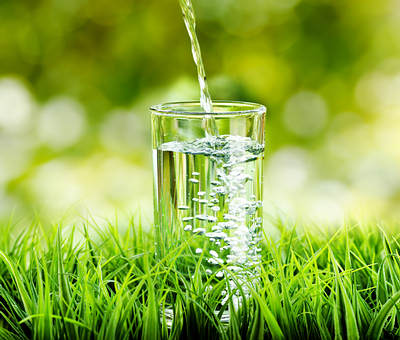How to get perfect pancakes
There's no reason not to indulge in a pancake or two on occasions, but why not step away from the standard sugar and lemon - how about filling your pancakes with a something a little less ordinary?

- 150g flour, wholemeal or plain
- 30g melted, salted butter
- 1 fresh, free-range egg
- 200ml water
- 100ml semi-skimmed milk
- Scant pinch of salt
- Butter to cook
Method for perfect pancakes
1. Mix the flour together with a pinch of salt and make a small well in the centre for the egg.2. Break the egg into the mixture and then add the milk and ½ the water.
3. Beat together with an electric hand whisk until the mixture is nice and smooth. Mix in the rest of the water and the melted butter. The mixture should be the consistency of thin cream.
4. If possible, leave the mixture to rest for a few hours or overnight.
5. Heat a pancake pan or large non-stick frying pan. Add a knob of butter and move the pan around so that the butter melts to cover the base of the pan. Add a small ladleful of the batter and quickly swirl it around so that you have a very thin layer of batter covering the whole of the pan. You can use a palette knife or an egg slice if you have one to spread out the mixture. Let this cook for two minutes over a medium heat, or until it comes away easily from the pan when you shake it. Then toss the pancake over and cook for a minute or two on the other side.
Five pancake fillings
Strawberries and minted maple syrup — The mint in the maple syrup makes it slightly less sweet and is the perfect accompaniment to the strawberries. Mint is also thought to have beneficial and soothing effects on the stomach and digestion system. Warm the syrup in a pan, add chopped mint and strawbs before filling your pancake.Honey, walnuts and fromage frais — If you want a creamy, nutty sweet fix then this one is for you. Honey is nature's energy booster and a great immunity system builder. Smear cooked pancake with runny honey (Manuka is very good) top with a dollop on fromage frais (a good calcium provider) and a sprinkle of walnuts.
Smoked salmon and capers — Looking for a savory fix? Try smoked salmon to get your hit of omega-3. Top up the taste and your immune system too with a sprinkle of capers. Capers are packed full of antioxidants, great for your body's immune system and can delay the sign of aging. Nutritious and sustaining, this dish will provide a balance of protein, essential vitamins and minerals and cholesterol reducing omega-3 fatty acids.
Cinnamon berries — Grab a handful of your favourite berries and warm through with a teaspoon of honey and a good sprinkling of cinnamon. Berries are extremely high in antioxidants and have many individual health benefits. Our favourite has to be a raspberry and blueberry mix - both in high in antioxidants and blueberries give you an added boost of vitamins C and E. The cinnamon has health boosting properties too — thought t to be anti-microbial and may help those with diabetes
Sugar and lemon — Okay, one for the traditionalists — if you want to be old school in your pancake tastes and are desperate to go for a sugar lemon shot, that's no bad thing. Just go easy on the sugar and up the lemon juice - it helps speed up your metabolism and is packed with vitamin C.
http://www.realbuzz.com/articles/perfect-pancakes-and-five-health-boosting-fillings/





















